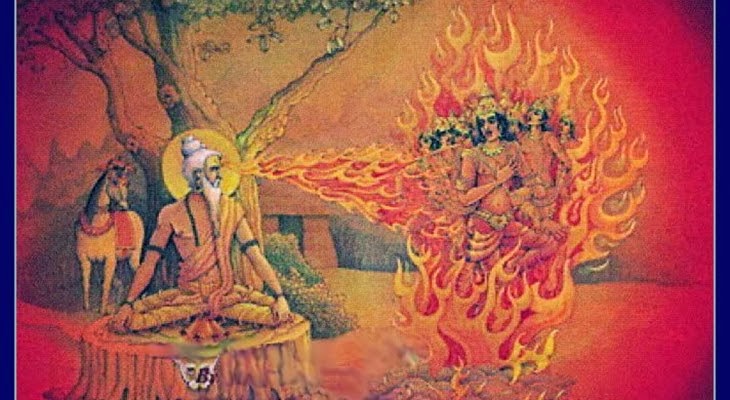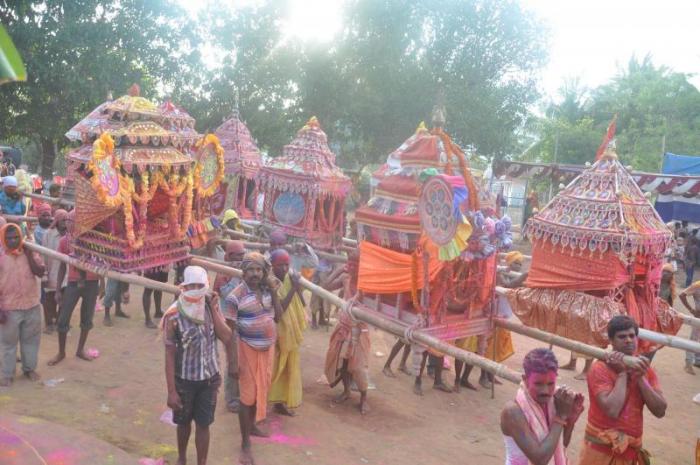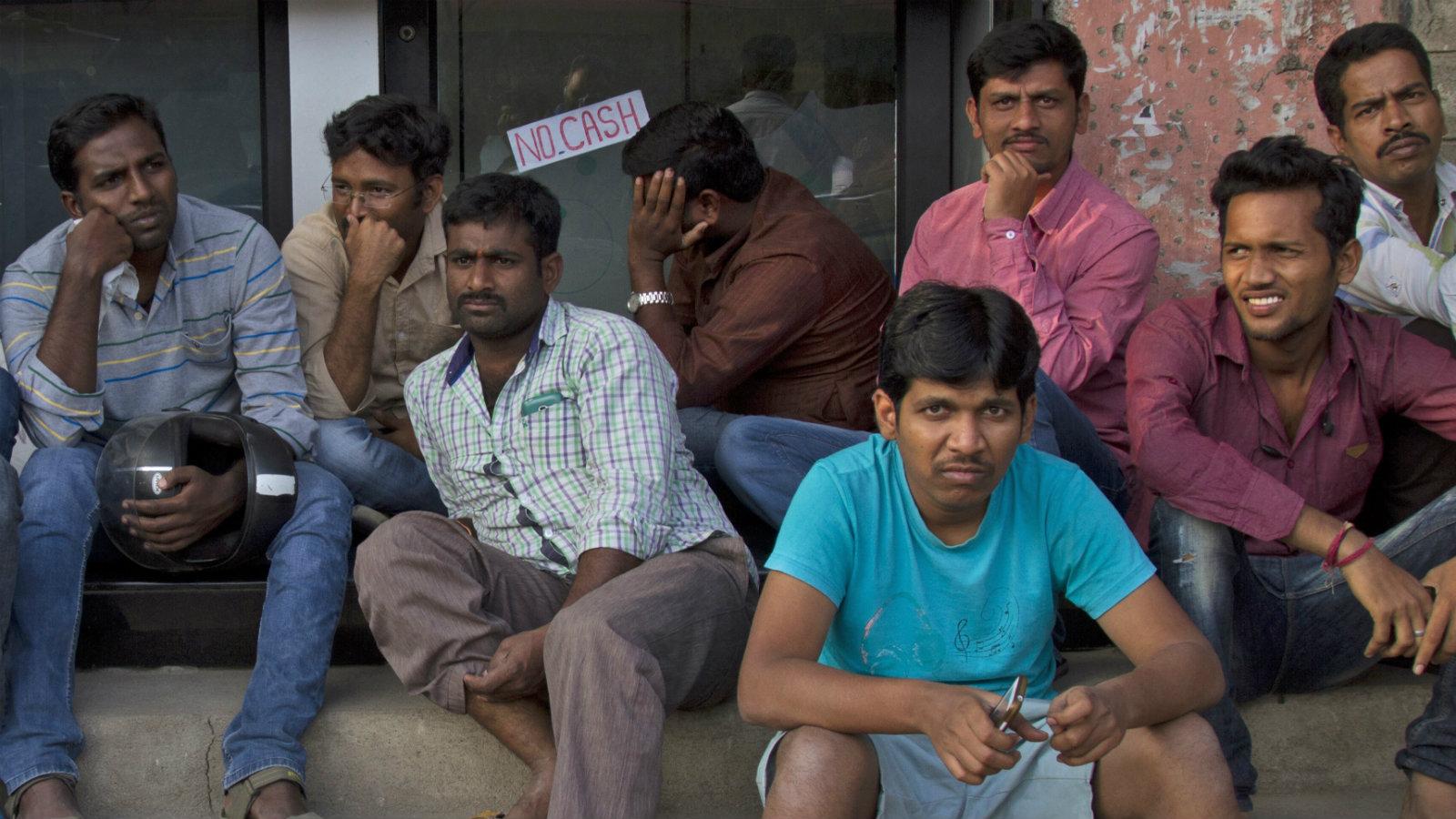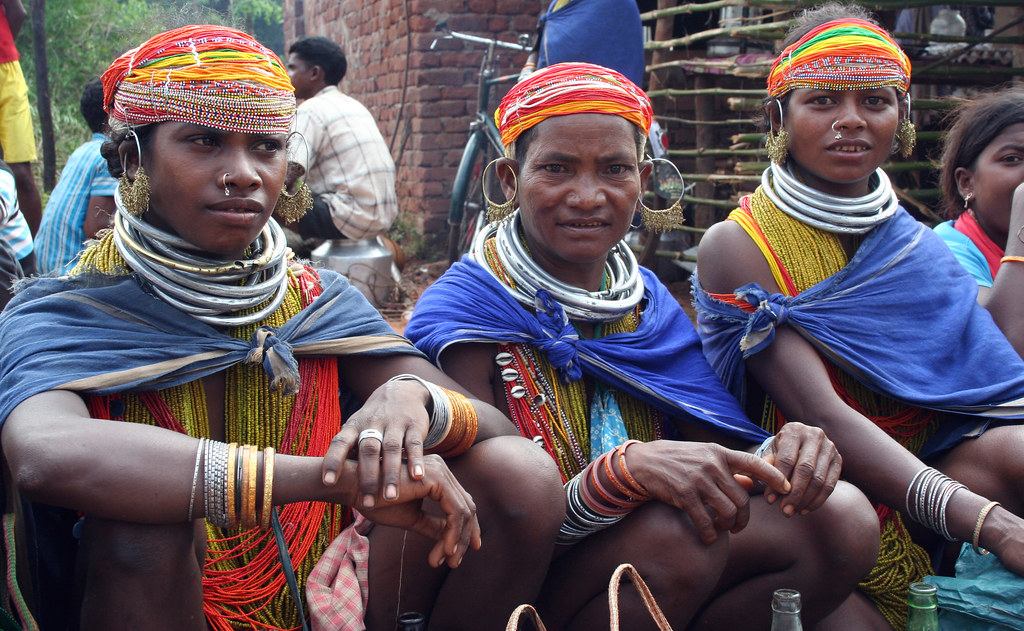At the outset it must be admitted that the composition of a historical biography of Rishi Kapila is, in our age, a near impossibility. As with many other ancient sages, available records are scant and unverifiable. What we can say is that there can be no doubt that such an individual as the founder of the Sankhya philosophy did live at some exceedingly remote age, did teach a specific doctrine, and did leave traces of both his grandure as a rishi and the grandure of his knowledge. We will therefore attempt a brief survey of these traces with the aim of suggesting an idea or two as to the nature of both the man and the teaching.
Upon review of several ancient texts, primarily the Mahabharata and the Bhagavata Purana, it becomes clear that when dealing with the name Kapila, we are not dealing with one individual man in one historical epoch, but rather, as H.P. Blavatsky suggests 1, we see that there are, in fact, several Kapilas. 1b Blavatsky further suggests that “the Kapila who slew King Sagara’s progeny 2—60,000 men strong—was undeniably Kapila, the founder of the Sankhya philosophy”. We see a second use of the name Kapila in denoting one of the Kumaras (or also as a generic name for the Kumaras collectively), this being the Kapila who is the “fifth incarnation of Vishnu” of the Bhagavata Purana and one of the seven “sons of Brahman” of the Mahabharata. 3 Another Kapila is said to have been a brahmin and a boddhisattva, whose followers named their newly-founded city after him (Kapilavastu), which later became the birthplace of Gautama Buddha. 4 Other Kapilas no doubt play into the blended mythology of the character we seek to know, leading to a curiously mythical single individual, bound up in the stories of these many. When attempting to reveal to ourselves the life of the founder of Sankhya, we must carefully distinguish between these Kapilas, and this is itself a tall task. 5
Our first order of business may be to ascertain some notion of the age in which the original founder of Sankhya lived. It takes little effort in this direction to conclude that such a Kapila belongs not to the ages of which we have true historical records, but rather to some previous era of which we have little more than hints and myths. We first recognize that Kapila belongs to a time anterior to the initial composition of the Mahabharata. 6 We second recognize that as his teachings are put forth in that work as being already, at that time, considered ancient, 7 already having been handed down through the Sankhya school in a formal system of teaching, 8 and that many Sankhyas are therein said to have already attained the goal of Yoga since the time of Kapila; 9 we recognize from this that his life must have been not merely anterior to, but far before the composition of the Mahabharata.
Furthermore, in that great epic, when the schools of Indian thought are mentioned, they are given as the “Sankhya, Yoga, the Pancha-ratra, Vedas, and Pasupati”, among others. No mention is given of many schools of thought to which the modern reader is familiar, including the four other darshanas common to Indian history. Furthermore, it is made clear that the Yoga spoken of here is not the yoga system of Patanjali, but rather the yoga of Hiranyagarbha. 10 Thus we see that of the modern six darshanas of Indian philosophy, the Sankhya is by far the eldest, and Kapila is by far the most ancient of founders. 11
Another avenue used in attempting to locate the sage Kapila is through a review of Sankhya texts, but we quickly find this to be a dead-end (though it will reveal something of importance). The text most commonly used as the foundation of modern Sankhya is the Samkhya Karika of Ishvara Krishna, but this text itself admits to being drawn up based on earlier texts of which we currently have no trace. 12 Furthermore, The date of Ishvara Krishna is itself open to debate. The text of the Samkhya Karika was commented upon by Gaudapada (along with several others), and if this be the same Gaudapada who commented upon the Mandukya Upanishad, then we may place Ishvara Krishna in the century immediately preceding Gautama Buddha. 13 If the Gaudapada be a different one, and Ishvara Krishna is seen to have lived much later, it makes no change in the fact that the Sankhya works we have today are not the original Sankhya texts.
These and similar considerations caused Prof. Max Müller to wonder aloud:
“Everybody has wondered, therefore, what could have become of the real Samkhya-Sutras, if they ever existed; or, if they did not, why there should never have been such Sutras for so important a system of philosophy as the Samkhya. There is clearly a great gap between the end of the Upanishad period and the literary period that was able to give rise to the metrical work of Isvara Krishna. In what form could the Samkhya-philosophy have existed in that interval?” 14
Müller goes on to propose that the Tattva Samasa, of which we do have extant copies, is an original work of Kapila, the founder of Sankhya, but this remains to be verified. It is no doubt an older work than the Samkhya Karika, and while it may indeed be an original work of the original Kapila, it must certainly not be the sole work of both that great founder and all Sankhyas who lived between him and Ishvara Krishna!
Of the extant texts T. Subba Row comments that:
“Some strange ideas are afloat about this system. It is supposed that the Sutras we possess represent the original aphorisms of Kapila. But this has been denied by many great teachers, including Sankaracharya, who say that they do not represent his real views, but those of some other Kapila, or the writer of the book. The real Sankya philosophy is identical with the Pythagorean system of numerals, and the philosophy embodied in the Chaldean system of numbers. The philosopher’s object was to represent all the mysterious powers of nature by a few simple formulae, which he expressed in numerals. The original book is not to be found, though it is possible that it still exists. The system now put forward under this name contains little beyond an account of the evolution of the elements and a few combinations of the same which enter into the formation of the various tatwams.” 15
Indeed, all extant Sankhya works treat of little more than the basics of these tattvas. 16
H.P. Blavatsky takes a similar position as T. Subba Row:
“The numerous schools begotten by Kapila, reflect his philosophy no clearer than the doctrines left as a legacy to thinkers by Timon, Pyrrho’s “Prophet,” as Sextus Empiricus calls him.” 17
What begins to present itself here is the existence of a later school of Sankhya thought, spearheaded perhaps by a later Kapila and carried forward by Ishvara Krishna into the system we have today, but as we will see, this cannot be the same as the original Sankhya teachings, nor can this Kapila be the same as the original founder of Sankhya.
H.P. Blavatsky relates an interesting idea in relation to the antiquity of the true founder of Sankhya when she discussed the allegory of Sagara’s sixty-thousand sons who are burnt to ashes by his glance. 2 She first proposes that the story is allegorical and then gives one interpretation, that the sons:
“… are the personification of the human passions that a “mere glance of the sage”—the SELF who represents the highest state of purity that can be reached on earth—reduces to ashes.” 1
From this is revealed a similar story as that of Gautama Buddha, who sat under the Bodh tree in meditation until all ‘lower elements’ were conquered (represented in the case of that story by Mara and his helpers)—we see Kapila sitting in meditation (at the foot of the Ganges, as tradition tells us), until all ‘lower elements’ (the sons of Sagara) are conquered, bringing Enlightenment or Liberation to that great sage.
H.P.B. continues:
“But it [the allegory] has also other significations—cyclic and chronological meanings,—a method of marking the periods when certain sages flourished.” 1
Building on this idea, she then relates the following:
“Now it is as well ascertained as any tradition can be, that it was at Hardwar (or Gangadwara, the “door or gate of the Ganges”) at the foot of the Himalayas, that Kapila sat in meditation for a number of years. Not far from the Sewalik range, the “pass of Hardwar” is called to this day “Kapila’s Pass”; and the place, “Kapilasthen,” by the ascetics. It is there that Ganga (Ganges) emerging from its mountainous gorge, begins its course over the sultry plains of India. And it is as clearly ascertained by geological survey that the tradition which claims that the ocean ages ago washed the base of the Himalayas—is not entirely without foundation, for there are traces left of this. . . .
Now Sagara is the name of the Ocean, and even of the Bay of Bengal, at the mouth of the Ganges, to this day in India (Vide Wilson’s Vishnu Purâna, Vol. III. p. 309). Have geologists ever calculated the number of millenniums it has taken the sea to recede to where it is now, from Hardwar, 1,024 feet above the level of the sea at present? If they did, those Orientalists who show Kapila flourishing from the 1st to the 9th cent. A.D., might change their opinions, if only for one of two very good reasons: the true number of years elapsed since Kapila’s day is in the Purânas unmistakably, though the translators fail to see it. And secondly—the Kapila of the Satya, and the Kapila of the Kali-Yugas may be one and the same INDIVIDUALITY, without being the same PERSONALITY.” 1
She furthermore relates that:
“The Sankhya philosophy may have been brought down and taught by the first, and written out by the last Kapila.” 1
Now, these ideas may not appeal to all, and certainly they cannot be used as evidence for any purely modern-style historical biography, but the notions may be well worth considering. One thing is clear, at the very least, that H.P. Blavatsky considered the Kapila who “brought down” the Sankhya philosophy to have belonged to a remote, pre-historical age, and there to have been a much later Kapila, from whom extant teachings may find their source. This is supported, in its own way, by the traditions of other schools, who similarly view an original Kapila as having lived in an era western historians would consider impossible. 18
Moving on now from these considerations, we must take up some biographical notes on the sage, keeping always in mind that we are dealing with more than one individual in this mixed bag of history and myth.
We first take up the primary biographical source on Kapila, the Bhagavata Purana. 19 We find this Kapila’s parentage in Canto 2, thus:
“He [[the Lord]] took birth in the house of the twice-born Kardama [‘the shadow of the Creator’] from the womb of Devahûti [‘the invocation of the Gods’] together with nine sisters.” (BP 2:7:3)
Kapila’s father is self-described as a “ordinary householder” (BP 3:24:30), and is said to have “left for the forest” (BP 3:25:6), i.e. retired from householder life to pursue spiritual life. He is referred to in the above verse as “twice-born” (dwija), a Brahman or an Initiate, as the case may be.
The high purpose of Kapila’s birth is described later, in words attributed to Brahmā himself:
“[Brahmâ said:] … I know that the original enjoyer, the bestower of all that is desired by the living entities, descended by dint of His internal potency and has assumed the body of Kapila Muni oh sage. By spiritual knowledge and the science of the yogic uniting of consciousness He who is known by His golden hair, His lotus eyes and lotus-marked feet, will uproot the foundation of profit-minded labor. Know oh Devahûti that the killer of the demon Kaithabha has entered your womb and with cutting the knot of ignorance and doubt will travel all over the world. This personality will be the leader of the perfected ones,His Vedic analysis will carry the approval of the teachers of example [the âcâryas] and to your greater fame, He will be celebrated in the world as Kapila.’” (BP 3:24:16-19)
We see here, as with many other sages, that Kapila’s purpose was not solely to bring knowledge and teachings, but also to enact reforms in the world—in this case Kapila is said to have come in part to “uproot the foundation of profit-minded labor”. We are reminded of the words of Krishna from the Bhagavad Gita:
“… When Righteousness
Declines, O Bharata! when Wickedness
Is strong, I rise, from age to age, and take
Visible shape, and move a man with men,
Succouring the good, thrusting the evil back,
And setting Virtue on her seat again.” 20
Upon his father’s departure, Kapila is said to have remained with his mother, Devahuti, and it is from this point that the teachings of this Kapila are recorded in the Purana, through words ascribed to Maitreya.
There is little else of biographical nature in the Bhagavata Purana, nor in any other text, for the majority of references to Kapila are directed towards his teachings, as opposed to the details of his earthly life. We have then, but these small fragments describing the sage:
He was born of Kardama and Devahuti.
He taught Devahuti his doctrine.
He sat in meditation for many years at the mouth of the Ganges river.
He founded the sect of the Sankhyas.
And even these may be treating of two or more Kapilas!
It is thus to the teachings of Kapila that we must naturally progress, just as the Purana does, if we wish to gain some concept of the nature of the sage, but we must ever keep in mind that we do not have the original teachings of Kapila in any detailed treatise; what we have are fragments, recorded by others and colored by their own perceptions.
Powered by Froala Editor
















